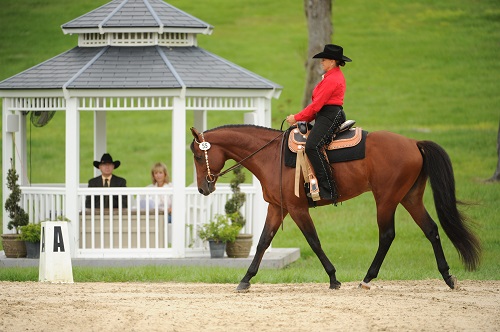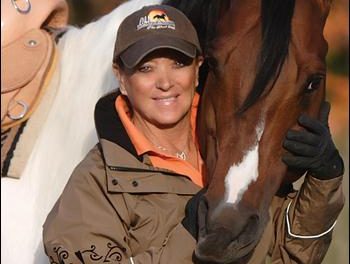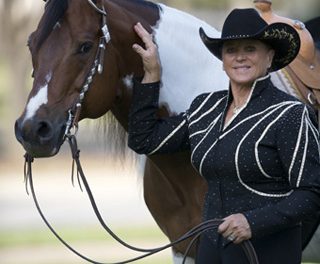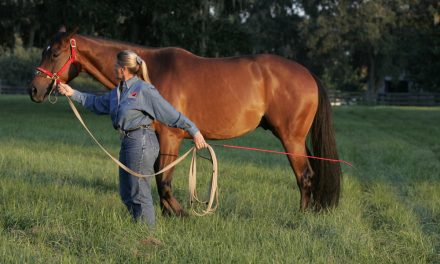Palm Partnership Training™
Building a Partnership with Your Horse

In Dressage, it is tradition to receive score sheets from the judge. Horse and rider are judged on each component of the test; a score and comments are recorded. Each element of a test will be scored and most elements will have a comment from the judge.
You can see how the judge scored your ride on a point scale of 0 to 10, with 10 being perfect. In addition, the judge will add comments about your score. These comments can explain how well you executed the test or show you areas where improvement is necessary. Once you understand the scoring system, you can use the score sheet as a helpful guide for your practice at home before the next show.
The Scoring:
*10 Excellent *9 Very Good *8 Good *7 Fairly Good *6 Satisfactory *5 Sufficient *4 Insufficient *3 Fairly Bad *2 Bad *1 Very Bad *0 Not Performed
There are three tests within a level. Each level and test advance with the higher numbers. In other words, First Level Test 1 is less advanced then Test 3 in the First Level. First Level is more advanced than any of the Training Level tests. Here are some statistics about First Level Test 1:
- There are 16 elements in the test.
- 290 = Maximum Possible Points.
- Arena: Standard (20 meters X 40 meters)
- Average Ride Time: 5:00 (from entry at A to final halt)
The scores that I love to see and always look at first are the Collective Marks & Comments. These marks and comments give the best overview of your skills and your horse.
The Collective Marks:
- Gaits (freedom and regularity)
- Impulsion (desire to move forward, elasticity of the steps, suppleness of the back, engagement of the hindquarters)
- Submission (attention and confidence, lightness and ease of movements, acceptance of the bridle, lightness of the forehand)
- Rider’s position and seat
- Rider’s correct and effective use of the aids
- Harmony between rider and horse
- Further Remarks: The judge will also give you further remarks about your horse and your performance.
Here are some tips that will give you more knowledge about your test:
First Level Test 1
Purpose: To confirm that the horse, in addition to the requirements of Training Level, has developed the thrust to achieve improved balance and thoroughness and to maintain a more consistent contact with the bit.
All trot work may be ridden sitting or rising, unless stated.
Introduce: 10 m half circle at trot; 15m circle in canter; and lengthening of the stride in trot and canter.
Check out the Dressage Illustrated books I have available for purchase on our website. The best part of these books is that you have “directive ideas” that explain what the judge will be looking for in each element.
An example:
A Enter Working Trot
X Halt
Directive Ideas: Straightness on the centerline and in Halt: immobility: quality of trot; willing, balanced transitions.
The books are great tools for success in the show ring. I have each Dressage Illustration book for each level in the office of my barn right next to the tack room. I also have two sets for the horse shows. I put one in my clothes bag to study at night and the other in my tack trunk to be ready at the show. At the end of each show, I make sure I have my books before heading home.
I hope you take these suggestions to heart. The Dressage books are very helpful at home and at the horse show.
Books: Head To Toe Horsemanship Western Dressage—A Guide to Take You to Your First Show A Rider Guide to Real Collection
DVDs: “Dressage Principles for the Western Horse & Rider” Volume 1 Parts 1-5 “Dressage Principles for the Western & English Horse & Rider” Volume 2,Parts 1-3 “Let Your Horse Be Your Teacher” Parts 1&2
For more information on these training materials and more, as well as clinics, please visit www.lynnpalm.com or call us at 800-503-2824.



